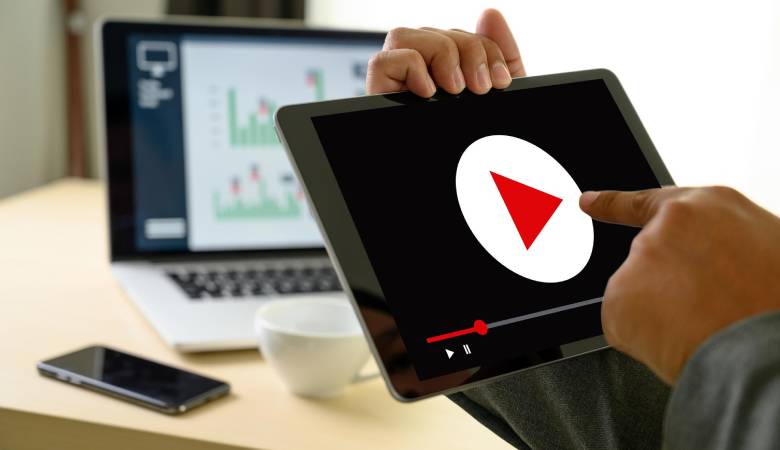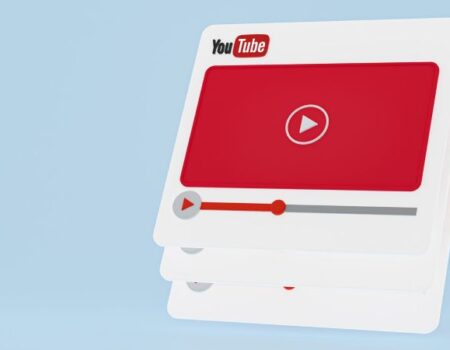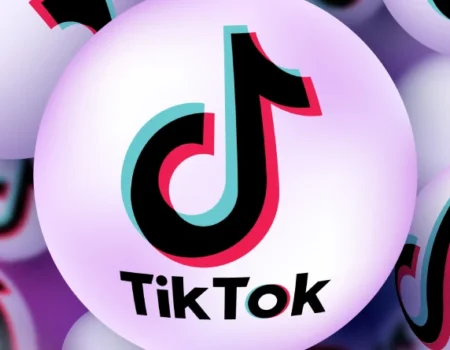The 3 YouTube Ad Formats You Need to Connect with Viewers in 2025
Master the art of using YouTube’s top ad formats to engage, inform, and inspire your audience while making every marketing dollar work harder.
Today, YouTube is more than a video platform—it’s a powerful space for brands to connect with audiences at scale.
To make an impact, it’s essential to understand the three primary YouTube ad formats: in-stream, in-feed, and Shorts. These formats aren’t just options—they’re tools to help you craft campaigns that resonate without wasting spend.
So, why do these formats matter—and how do you use them effectively?
Let’s explore how YouTube has transformed into a central pillar of modern marketing strategy.
Inside the YouTube Ecosystem: Viewers, Creators, and Advertisers
To truly grasp YouTube’s power, it’s essential to look at the ecosystem that fuels it:
- Viewers are the heartbeat of YouTube. Their habits have shifted—from traditional TV to mobile screens, and now back to TV via streaming platforms.
- Creators are the growth engine. With YouTube, anyone can build an audience and share content without relying on big studios or production houses.
- Advertisers complete the cycle. They can connect with audiences by partnering with creators or crafting original content tailored to a platform built for video engagement.
Together, these three groups create a dynamic system—each influencing and strengthening the other as YouTube continues to evolve.
YouTube Advertising: 3 Must-Use Formats for 2025
YouTube continues to grow and shift, yet many brands are still figuring out how to tap into its full potential.
With the right approach, YouTube can be a powerful space to engage your audience through content that entertains, educates, and inspires.
Let’s explain how to get the most from YouTube’s three core ad formats.
1. In-Stream Ads
Viewer habits are evolving once again. After moving from traditional TV to watching YouTube on mobile and desktop, audiences are now returning to their living rooms—streaming YouTube on their TVs.
EMarketer reports that YouTube viewing on TV screens has surged 63% compared to mobile usage. It’s a significant shift in behavior that’s gained momentum over just the past five years.
This raises an important question: Why stick with a connected TV provider when Google TV gives you better targeting, richer data, and more control, like excluding video partners?
With Google TV, you can tailor campaigns specifically for TV screens while keeping everything aligned with your broader Google Ads strategy.
It’s a clever way for brands to reach larger audiences, educate them through in-stream content, and do it all at scale.
In-stream = Education
Best used on: TV screens
2. In-feed ads: Inspire action through curiosity
In-feed ads allow your brand to meet users in a moment of exploration—when they’re scrolling and open to discovery.
These ads show up in three key places:
- YouTube Home feed
- Watch Next feed
- Search results
Each placement aligns with a different user mindset, creating unique chances to capture attention.
Unlike traditional ads that interrupt with a skippable or non-skippable format, in-feed ads invite viewers in. It’s more like a suggestion than a disruption—similar to what users experience on
Instagram or Facebook.
But here’s the difference: on social media, users scroll through a mix of family photos, brand posts, and ads, not knowing what comes next. On YouTube, they always know they’re about to watch a video. That consistency creates a more focused and engaging user experience.
This format is especially valuable in the early stages of the purchase journey, where users explore, evaluate, and get a feel for your brand before converting.
Now, about attribution: conversions from in-feed ads don’t always appear instantly. That’s because the buyer’s journey isn’t direct. Before making a decision, people need time to:
- Explore the topic
- Experience the value
- Evaluate options
In-feed ads are your opportunity to plant the seed, to introduce, illustrate, and inspire.
In-feed = Inspire
Best used on: Mobile and Desktop
3. Shorts ads: Capture attention with quick, human content
Shorts are a powerful format, especially for brands used to running campaigns on Instagram or Facebook. These bite-sized, vertical videos offer a highly personal and immersive way to engage audiences on mobile.
To make the most of Shorts, your content must:
- Hook viewers within seconds
- Respect their time with tight, impactful messaging
- Encourage immediate action
The key? Keep them watching. Longer watch times signal value to the algorithm, which helps your ad reach more people.
One significant advantage of Shorts is their cross-platform flexibility. A single vertical video can run on YouTube, TikTok, Instagram, and Facebook across various placements, giving you a consistent format to test and measure creative performance in different environments.
At our agency, we’re building dashboards to compare how creatives perform across platforms. It’s a game-changer for optimizing campaigns.
YouTube itself is betting big on Shorts. They now appear high in the app, just below the first video, showcasing how important this format has become in the user journey. Whether users are coming from long-form content or opening the app for quick entertainment, Shorts are right there to meet them.
It’s a format that blends creativity and human connection. Shorts tap into the “People & Blogs” and entertainment categories more than anything else, so if you’re advertising here, build for personality and relatability.
Shorts = Entertainment
Best used on: Mobile
Moving Forward: A Simple Strategy to Build Content on YouTube
Creating content for YouTube doesn’t need to be overwhelming. Start small and build smart with this streamlined approach:
1. Set Your Budget
Begin with a modest daily budget—$5, $10, or $20—and spread it across three types of campaigns:
- Shorts (9×16) and long-form (16×9): In-stream (CPV)
- TV: CPM targeting for connected screens
- In-feed: Choose either CPM or CPV based on your goals
2. Plan Your Content
Aim to produce a few variations for each piece, changing up the intros, outros, and even voiceovers to test what resonates.
Most importantly, design your videos to flow across formats:
- A 2–3 minute video becomes an in-stream ad
- That in-stream version is trimmed into a 60-second in-feed video
- Then, tighten that into a punchy Shorts ad packed with quick visuals and movement from the first second
Each format plays a unique role in your content strategy:
In-stream = Educate
In-feed = Inspire
Shorts = Entertain
With a clear plan and purpose for each ad type, you can build an effective YouTube presence that drives results without overcomplicating the process.
Partner with our Digital Marketing Agency
Ask Engage Coders to create a comprehensive and inclusive digital marketing plan that takes your business to new heights.
Conclusion
In 2025, YouTube offers numerous opportunities for brands to engage with audiences meaningfully. By leveraging the right ad formats—In-stream, In-feed, and Shorts—you can effectively entertain, educate, and inspire your target audience while maximizing your marketing budget. The key is to align your content with the unique behaviors of viewers on each platform and adapt it to meet their specific needs at different stages of their journey.
Whether educating through in-stream ads, inspiring with in-feed placements, or entertaining with fast-paced Shorts, each format serves a distinct purpose. By following a strategic approach and testing across platforms, your brand can tap into YouTube’s evolving ecosystem and achieve long-term success in a rapidly changing digital landscape.









